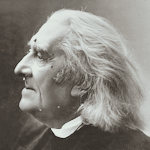Franz Liszt (1811-1886) largely achieved musical fame outside of Vienna, but the city played a role in his formative years, and he regularly returned to perform concerts or visit family.
So you won’t find his birthplace, a Liszt museum or memorial rooms to the well-travelled Franz. But a few locations carry a connection, and Vienna wouldn’t be Vienna without at least one commemorative plaque to the man.
- Book a concert experience* for your trip
- See also:
Liszt landmarks
As a child, Liszt arrived in Vienna in 1822 where his father attempted to give his genius son an appropriate musical education. The family moved on to Paris and elsewhere in 1823, and Liszt never made a permanent return to the city.
During that childhood stay, a young Liszt gave the occasional public concert…
Palais Niederösterreich
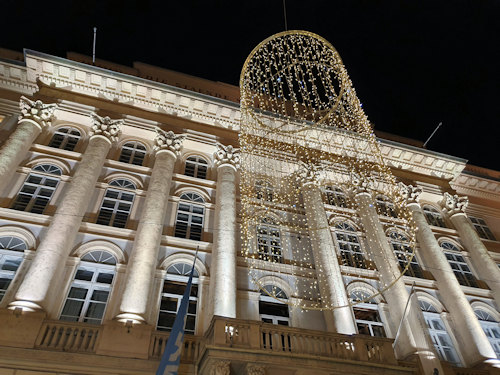
(The palais at Christmas)
Liszt performed at Palais Niederösterreich (Herrengasse 13) as a child on December 1st, 1822, in the large Landhaussaal often used for concerts; the building itself provided premises for the ruling classes of Lower Austria.
According to a report afterwards, Liszt’s performance received general admiration thanks to the remarkable ease with which he played.
You can visit the Landhaussaal when, for example, they hold Christmas markets in the palais.
Hofburg Redoutensaal
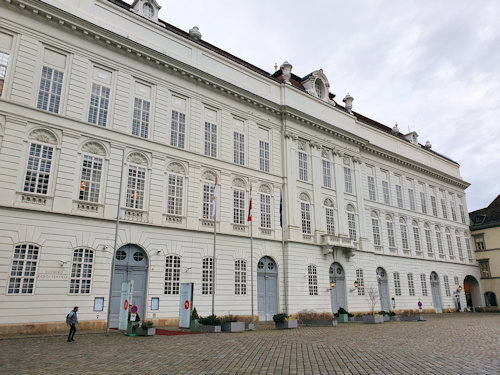
(The wing housing the Redoutensaal, as seen from Josefsplatz)
On April 13th, 1823, the 11-year-old Liszt gave a concert just after midday in the small Redoutensaal of the Hofburg complex. The programme included the first movement of “Mozart’s Symphony in C”.
The closest you can get to this location outside of events is the outside wall on Josefsplatz square.
As an adult and acclaimed composer, Liszt would later return for many concerts in Vienna, including those organised by the famous Musikverein, who made him an honorary member in 1838.
Commemorative plaques and locations
At Schottenstift
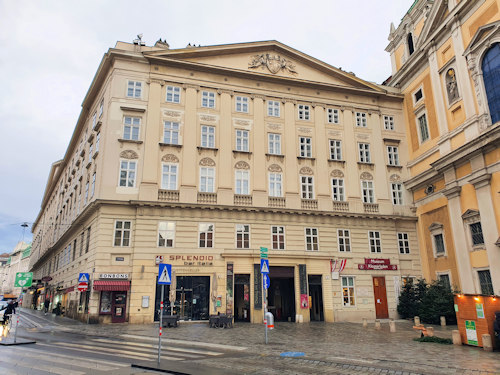
(The entrance to the Schottenstift with the Schottenkirche church on the right)
Eduard Liszt (Franz’s uncle), lived in one of the apartments within the Schottenstift abbey complex off the Freyung square in Vienna’s centre.
Liszt often stayed there when visiting the city. The plaque on the side of the building (visible in a courtyard you reach after entering from the Freyung square) commemorates the connection.
Below a relief of his head it reads (my translation):
Between 1869 and 1886, Franz Liszt lived in this house whenever he spent time in Vienna. Dedicated by the city of Budapest.
That same courtyard has the outdoor seating section of Café Diglas, which I can recommend as a place to stop for a coffee or more. The trees give much welcome shade in the summer.
At the Hotel zur Kaiserin Elizabeth
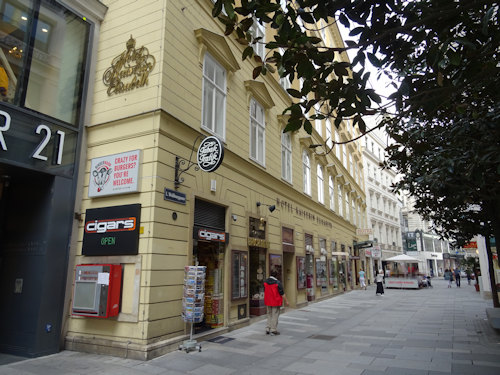
(View of the hotel from Kärntner Straße)
According to the plaque just inside the entrance to Hotel Kaiserin Elizabeth (Weihburggasse 3), Liszt stayed with them in 1856.
Other prominent musical guests through the ages included Anton Bruckner, Richard Wagner, and Eduard Grieg.
At Herrengasse 6-8
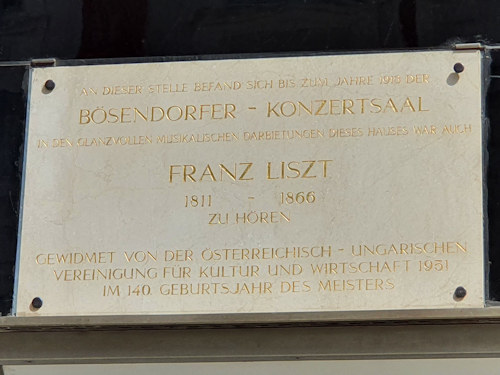
(Put up in 1951)
An unobtrusive plaque on the corner of Herrengasse and Fahnengasse pays homage to an old concert venue that once stood on the site now occupied by what was actually Vienna’s first “high-rise” construction (albeit not particularly high-rise by today’s standards).
That venue was the Bösendorfer-Konzertsaal within the late 18th-century Liechtensteinpalais. Various performers appeared there, including Liszt. As the plaque says (my translation):
The Bösendorfer-Konzertsaal could be found at this location until 1913. Among the illustrious musical performances heard within were those by Franz Liszt (1811-1886). Dedicated by the Austrian-Hungarian association for culture and business 1951 in the year of the maestro’s 140th birthday.
Lisztstraße
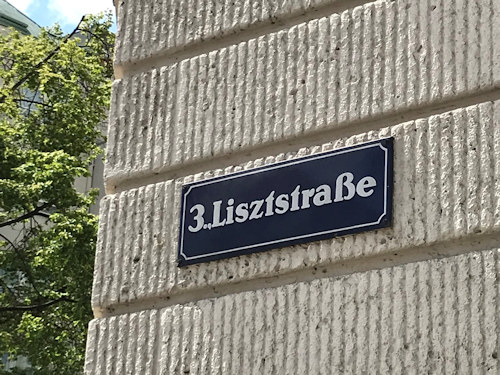
(The road also passes close to the Arnold Schönberg Center entrance on Zaunergasse)
Plans were afoot to name a street after Liszt from shortly after his death.
A Lisztstraße eventually appeared in 1902 but disappeared a few years later due to the construction of the famous Postsparkasse building and, particularly, the erection of a monument to honour the founder of that austere institution, Georg Coch.
Lisztstraße thus became Georg-Coch Platz in 1913 and the name “moved” to another location, albeit a rather musical one. It starts outside part of the University of Music and Performing Arts and just a few yards from the Konzerthaus concert venue.
Historical instrument collection
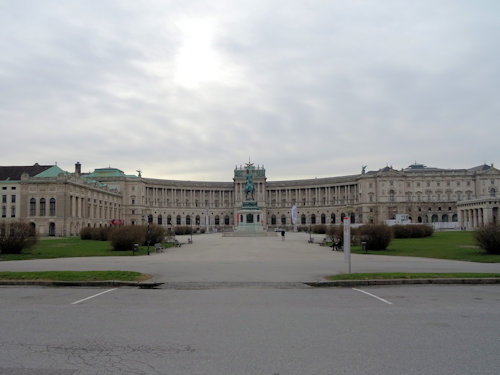
(The Neue Burg viewed from Heldenplatz square)
Pop into the Neue Burg part of the central Hofburg complex and visit the collection of historical musical instruments.
That collection includes an Érard piano used by Liszt when writing, teaching and performing in Rome.
The Piaristenkirche
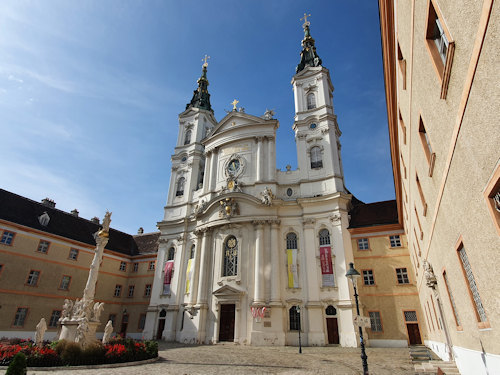
(Another famous composer took his compositional exams on the organ in this Baroque church: Anton Bruckner)
The Maria Treu parish church (known as the Piaristenkirche) houses a rather fine organ built in the mid 1800s by Carl Buckow.
Liszt apparently visited shortly after its completion in 1858 and was much impressed by the instrument.
Watch this space for more locations as I come across them…
